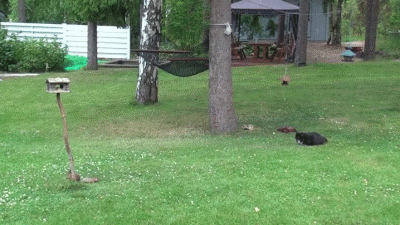SQL Naming Conventions
A naming convention is a set of unwritten rules that you should use if you want to increase the readability of the whole data model:
- All SQL commands should be written in uppercase letters.
- Use lower letters when naming database objects.
- Use the singular for the table or column name such as
employee. - If the name includes more than one word, use underscore to connect them like
first_name. - It would be the best to simply name a primary key column “id.”
- Foreign key columns store values from the range of primary key of the referenced table, and you should use that table name and “id,” e.g.,
customer_id. - The name or variable uses the italic font style or
symbolfont if it is used in text.
| CREATE TABLE |
|
-
- Key (
PRIMARY KEY) means an attribute or attribute combination whose values uniquely identify the tuples of any relation. - Foreign key (
FOREIGN KEY) defined for a schemaR, however, describes an attribute or attribute combination which is a key in another schemaS(REFERENCES); the meaning of a foreign key relationship betweenRandSvia attributeXis that theXpart ofRis a subset of theXpart ofS.
SQL> DROP TABLE student; SQL> CREATE TABLE student ( 2 student_id CHAR(4) PRIMARY KEY, 3 last_name VARCHAR(32), 4 first_name VARCHAR(32), 5 class INTEGER, 6 phone VARCHAR(16) );

- Key (
|
My wife accused me of being immature. I told her to get out of my fort. |